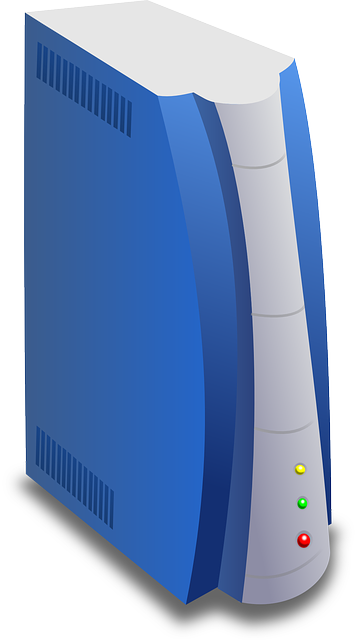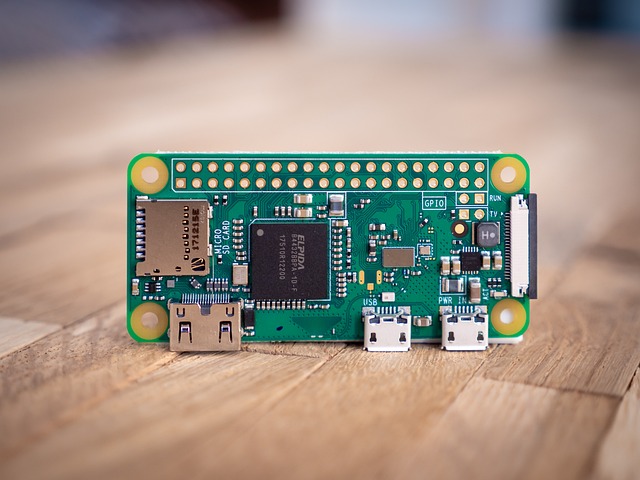ALT Linux offers a modular design that prioritizes user customization, allowing individuals to tailor their system to meet specific needs and preferences. This approach enables users to select and install components as needed while maintaining optimal performance and security. The modularity of ALT Linux provides a spectrum of computing experiences from minimalist to comprehensive within the same platform, enhancing user satisfaction and fostering an ecosystem where applications and features can be developed and integrated effectively. The system's componentized structure ensures stable performance through targeted updates and facilitates efficient problem resolution by isolating issues to specific modules. ALT Linux stands out for its commitment to a user-centric philosophy, offering unparalleled flexibility and adaptability. Its open-source nature encourages continuous collaboration, ensuring the system remains robust and up-to-date with technological trends. This makes ALT Linux an ideal choice for users who value personalization, performance, and a computing experience that grows with their evolving needs.
Explore the dynamic world of ALT Linux, where modular design reigns supreme, offering users unparalleled customization capabilities. This article delves into the philosophy and practical applications behind modularity in ALT Linux, emphasizing its role in enhancing user experience through adaptability and ease of use. From understanding the flexibility it provides to examining its components and benefits, we’ll navigate the features that set ALT Linux apart from other operating systems. Join us as we dissect how this approach allows for seamless tailoring of your system to meet individual needs.
- Embracing Flexibility: The Modular Design Philosophy in ALT Linux
- Customization at Your Fingertips: How Modular Design Enhances the ALT Linux Experience
- A Closer Look: Components and Benefits of Modular Design in ALT Linux
Embracing Flexibility: The Modular Design Philosophy in ALT Linux

ALT Linux exemplifies the modular design philosophy through its adaptable and flexible approach to software architecture, which is a cornerstone of user-centric technology solutions. The modular nature of ALT Linux allows users to customize their system with precision and ease, selecting only the components they need, while also having the option to add more features as their requirements evolve. This design philosophy is rooted in the understanding that users have diverse needs and preferences, making it imperative for an operating system to be agile and responsive to change without compromising on performance or security. The modularity of ALT Linux ensures that users can tailor their experience seamlessly, from minimalist configurations to comprehensive setups, all within the same platform. This approach not only enhances user satisfaction but also fosters a robust ecosystem where applications and features can be developed and integrated with relative simplicity, adhering to established standards and protocols.
In practice, the modular design of ALT Linux manifests in its componentized system structure, which separates core functionalities from optional features and third-party applications. This separation allows for independent updates and maintenance without disrupting the entire system, a testament to the thoughtful planning and execution behind this philosophy. Users benefit from a more stable and reliable computing environment, as updates can be more targeted, reducing potential conflicts or instabilities that often arise in less modular systems. Moreover, this design choice facilitates easier troubleshooting and problem resolution, as users can isolate issues to specific modules, ensuring a smoother diagnostic process. The flexibility provided by the modular architecture of ALT Linux is a clear indication of its commitment to delivering a user-empowered experience that prioritizes customization and adaptability in the face of evolving technological demands.
Customization at Your Fingertips: How Modular Design Enhances the ALT Linux Experience

ALT Linux stands at the forefront of user-centric innovation, exemplified by its embrace of modular design principles. This approach to software architecture allows users to tailor their experience with precision and flexibility. The modular nature of ALT Linux means that each component of the system can be individually customized or replaced without disrupting the stability of the entire distribution. For users seeking a personalized computing environment, this translates to a platform that adapts to their specific needs, whether they’re developers looking to fine-tune their development tools or casual users wishing to streamline their daily tasks. The modular design not only simplifies the process of customization but also ensures that users can effortlessly add or remove features as their requirements evolve. This adaptability is a cornerstone of the ALT Linux experience, offering an unparalleled level of control and usability. The system’s modules are designed to interact seamlessly, providing a cohesive user experience while maintaining the flexibility to accommodate diverse preferences and technical demands. As a result, users benefit from a highly customizable operating system that is both robust and intuitive, making ALT Linux a compelling choice for those who value personalization and efficiency in their digital lives.
A Closer Look: Components and Benefits of Modular Design in ALT Linux

ALT Linux has pioneered an innovative approach to software design with its modular architecture, which is a cornerstone for customization and ease of use. This system is structured around the concept of components, where each element can be tailored or replaced independently without affecting the integrity of the entire operation. The modular nature of ALT Linux facilitates a plug-and-play environment where users can select and configure the functionalities they require, ensuring that their system is optimized for personal preferences and specific tasks. This design not only enhances performance by allowing the inclusion of necessary components only but also streamlines updates and maintenance. Users benefit from a highly adaptable platform that can evolve with changing needs without the need to overhaul the entire system. Moreover, this modular approach is a testament to ALT Linux’s commitment to open-source practices, fostering a collaborative environment where developers and users alike contribute to the continuous improvement of the operating system. The flexibility provided by modular design is particularly advantageous for users with varying levels of technical expertise, as it simplifies the process of customization, making ALT Linux a versatile and user-friendly choice for both novice and experienced users.
In conclusion, the modular design philosophy at the heart of ALT Linux offers a robust and adaptable operating system that caters to a diverse array of user needs. By leveraging this approach, users gain unprecedented control over their computing environment, allowing for easy customization tailored to individual preferences or specific tasks. The modular components of ALT Linux not only simplify the experience but also ensure that it remains flexible and future-proof. This design choice stands as a testament to the system’s commitment to user empowerment and innovation. For those seeking an OS that evolves with their requirements, ALT Linux presents a compelling solution, seamlessly blending functionality with simplicity.


























